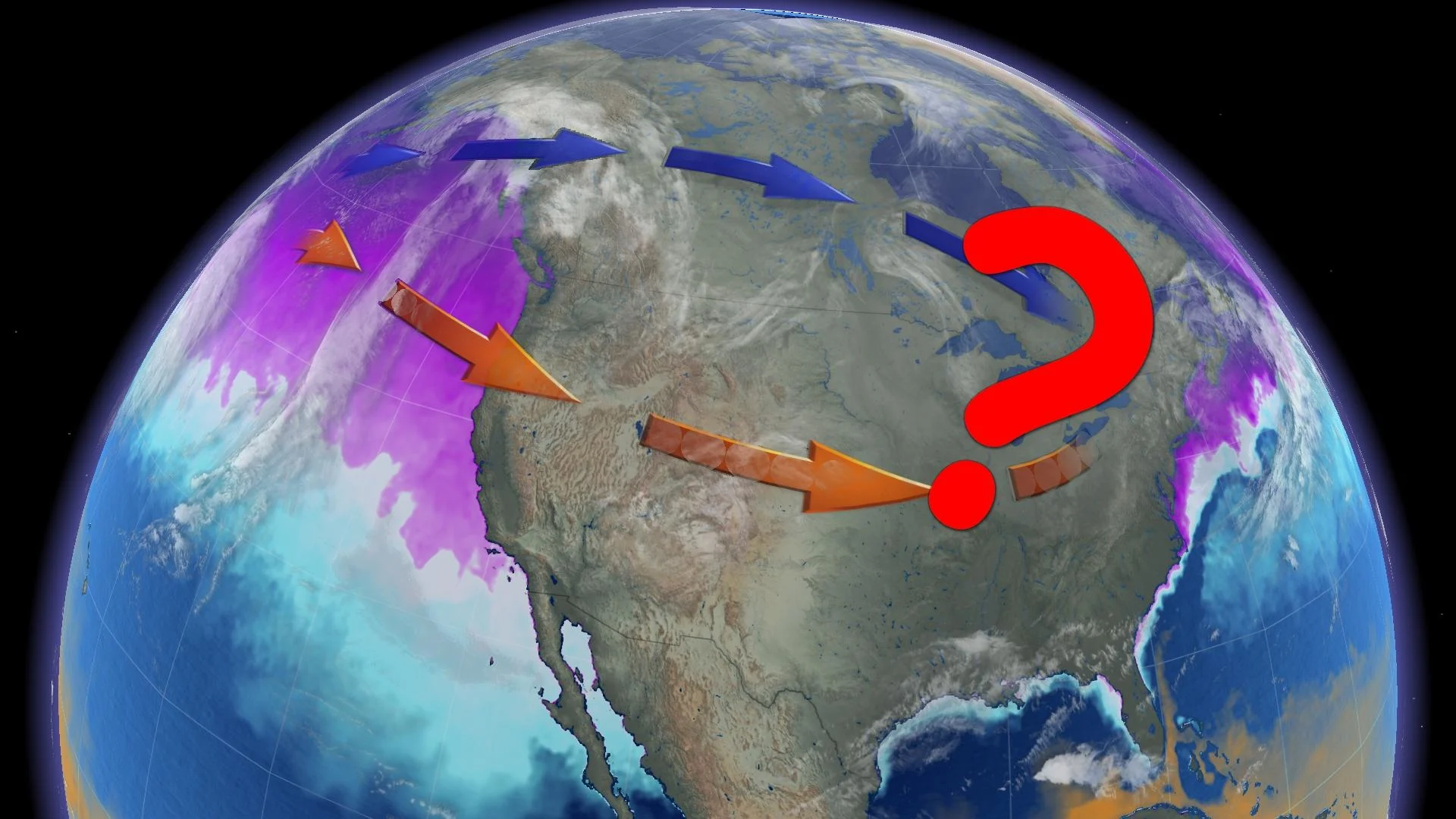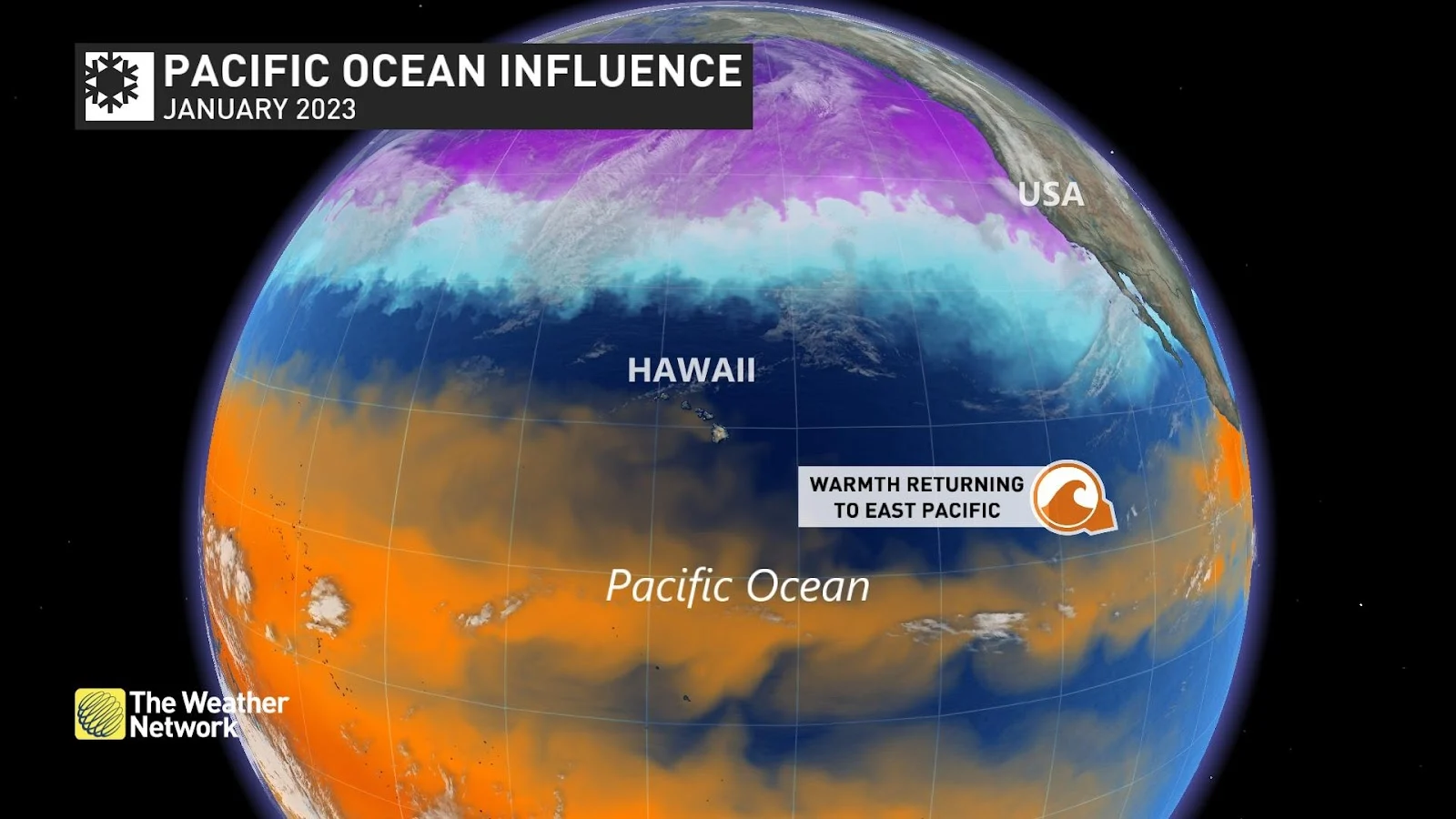
La Niña fades, so what does that mean for a Canadian spring?
Warmer waters returning to the eastern Pacific Ocean could have ramifications that spread over all of Canada.
The eastern Pacific Ocean is finally warming back up. This uptick in water temperatures thousands of kilometres away may not seem like much here in Canada, but it can significantly influence the conditions we experience across the country.
DON’T MISS: The curious case of a 'triple-dip' La Niña in a warming world
La Niña is a lengthy stretch of abnormally cool waters in the eastern Pacific Ocean around the equator. This pattern is starting to wane, transitioning into a more neutral phase where neither La Niña -- nor its warmer companion El Niño -- are present.
What does this mean for your weather?
We have to look into the past to peer into the future.
Looking at similar patterns in the past is how meteorologists can determine what La Niña, El Niño, or neutral conditions in the eastern Pacific mean for weather patterns around the world.

Historically, a fading La Niña would make for a sluggish start to spring across Canada.
It’s highly unlikely that all of Canada will be colder-than-seasonal this spring, but the sluggish start will leave the impression that we had to wait a long time for consistently warmer weather.
MUST SEE: Stars are vanishing from human sight at an astonishing rate, says report
That’s the case every spring, of course. We tend to have unrealistic expectations for springtime weather here in this colder part of the world, but a peek back at similar setups in the past shows us that March and April would typically come in colder-than-normal in the West, while April and May struggle to find warmth across Eastern Canada.
It’s worth pointing out that our frame of reference is somewhat limited. Monthly national temperature anomaly data is limited prior to the 1980s, and this is only the third time on record we’re faced with a fading La Niña after three consecutive winters with the pattern present.
Watch the video above from meteorologist Kevin MacKay for more details on what you might expect from this fading La Niña across Canada this spring.
